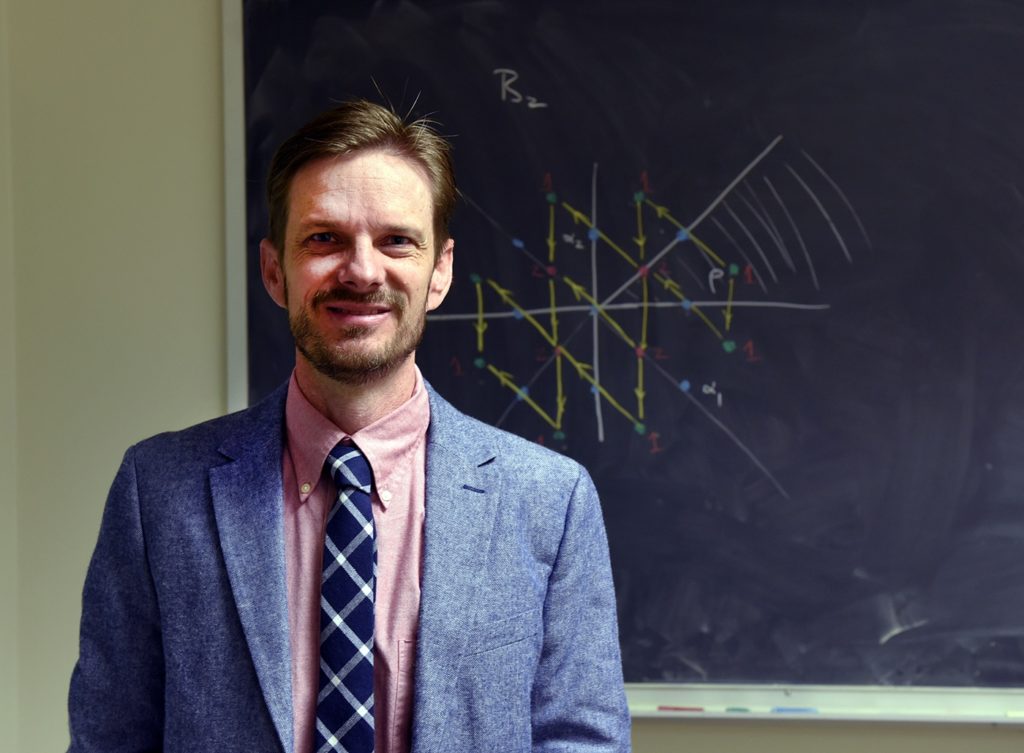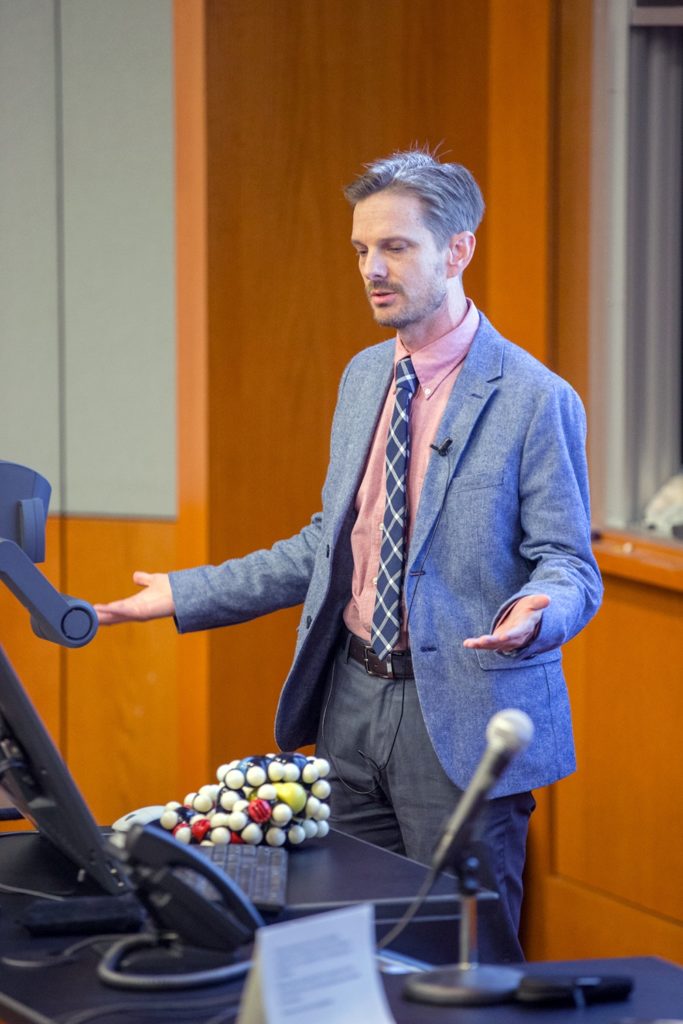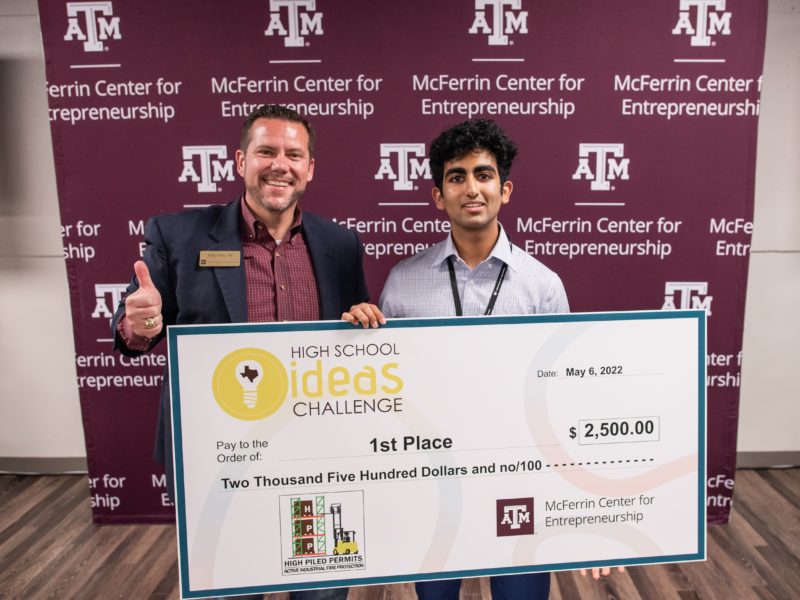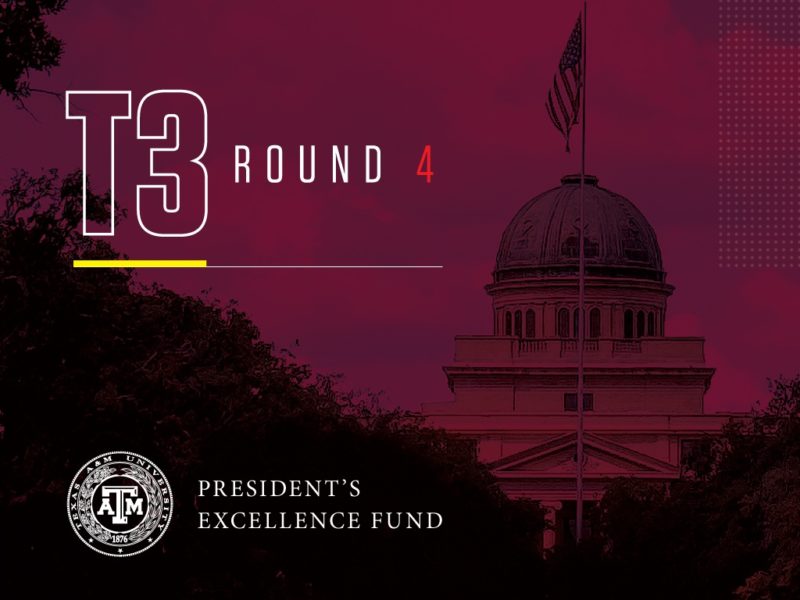Texas A&M Mathematician Part Of NSF-Funded Team Seeking To Build Working, Scalable Quantum Computer

Texas A&M University mathematician Eric C. Rowell is one of four principal investigators involved in a three-year, $1.3 million collaborative National Science Foundation grant with the potential to usher in the next big thing in quantum computing — a working topological quantum computer capable of fundamentally transforming the landscape of information science and technology as we know it.
The grant, awarded Dec. 1 through the Division of Mathematical Sciences as part of NSF’s Focused Research Groups (FRGs) program, is divided four ways between research groups at four universities: Texas A&M, Louisiana State University, MIT and the University of California, Santa Barbara, which serves as the lead institution. Rowell is joined by LSU’s Richard Ng, MIT’s Xiao-Gang Wen, and UCSB’s Zhenghan Wang as the project’s PIs. UCSB’s Michael Freedman, a 1986 Fields Medal recipient, is also a co-PI.
The team’s proposal, “Mathematical Foundations of Topological Quantum Computation and its Applications,” seeks to advance the science necessary to build a working, scalable quantum computer employing topological phases of matter, a topic that took center stage last year when David J. Thouless, F. Duncan M. Haldane and J. Michael Kosterlitz were honored with the 2016 Nobel Prize in Physics for their pioneering work in this field. For his part, Rowell boils it down to mathematics that is fundamental to physics, complete with applications that include next-generation quantum computers capable of outperforming typical systems using topological particles, known in physics as anyons. He says the goal of topological quantum computation is the construction of a useful quantum computer based on braiding anyons.
According to the team’s proposal, topological quantum computation is maturing at the forefront of the second quantum revolution as a primary application of topological phases of matter. The theoretical foundation for the second quantum revolution remains under development, but it appears clear that algebras and their representations will play a role analogous to that played by group theory in the first quantum revolution.

“This focused research group aims to formulate the theoretical foundations of topological quantum computation, leading to an eventual theoretical foundation for the second quantum revolution,” Rowell said.
Quantum computers are designed to use what Rowell describes as the “strangeness of quantum mechanical systems” to perform computational tasks more efficiently than ordinary digital computers. While the more standard quantum circuit model stores quantum information in an array of qubits — each of which suffers errors from unwanted interaction with the environment — he says the topological model stores information globally, making it more robust against such errors.
“Imagine a loop of knotted string with the ends fused,” Rowell said. “If you wiggle the string slightly, the string does not become unknotted because the string’s ‘knottiness’ is a global property. The idea of this topological model came from Alexei Kitaev and Michael Freedman around 1997, and relies upon very deep theoretical mathematics and physics, such as quantum topology and topological phases of matter.”
Rowell joined the Texas A&M Department of Mathematics in 2006 after earning his Ph.D. in mathematics at the University of California, San Diego in 2003 and completing a three-year VIGRE postdoctoral fellowship at Indiana University. Since 2015, he has been working as a consultant with Microsoft Research on the mathematics of topological quantum computation in tandem with Wang and Freedman at Station Q Santa Barbara, founded by Freedman in 2005. Rowell and Wang previously co-authored a paper, “Mathematics of Topological Quantum Computing,” that has been accepted for publication in the Bulletin of the American Mathematical Society.
This spring, Rowell will offer a topics class in topological quantum computing at Texas A&M. In addition, he and Wang, together with Texas A&M Computer Science and Engineering’s Andreas Klappenecker and Guelph’s Bei Zeng, are organizing a related workshop, set for September 2018 at Texas A&M.
Rowell notes the team’s funding comes from six different NSF programs that span the areas encompassed by this highly interdisciplinary subject at the intersection of physics, mathematics and computer science — a complexity reflected in the grant’s five PIs.
“Dr. Wen is a physicist, Dr. Wang and Dr. Freedman are topologists employed by Microsoft Research and as professors at UCSB, while Dr. Ng and I are algebraists,” Rowell said. “Mathematics plays a central role in this enterprise — modeling the exotic physical materials on the one hand, while establishing their computational utility on the other.”
Rowell will be joined in the work by his entire research group at Texas A&M, which includes Ph.D. students Daniel Creamer, Qing Zhang, Paul Gustafson and Andrew Kimball, master’s student Yuze Ruan and postdoctoral researcher Dr. Julia Plavnik.
“It is really exciting to be a part of this project, which beyond having the potential to leave a major impact on science and technology, involves some truly beautiful mathematics,” Rowell said.
Learn more about the project or about Rowell and his research.
###
Media contact: Shana K. Hutchins, (979) 862-1237 or shutchins@science.tamu.edu or Dr. Eric C. Rowell, (979) 845-7554 or rowell@math.tamu.edu.





